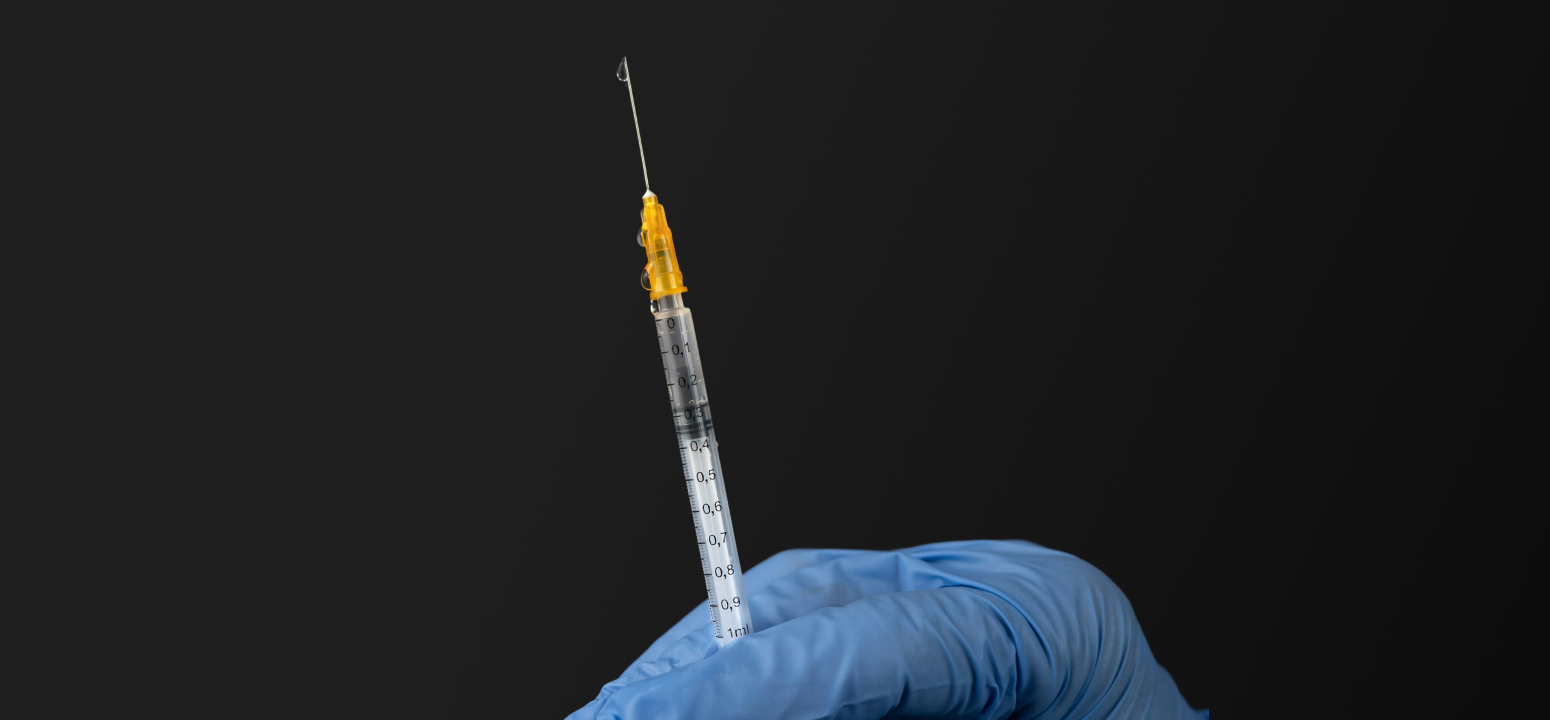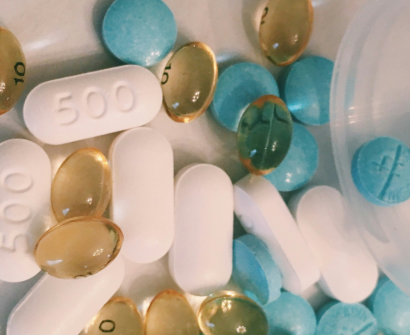
The pharmaceutical industry is constantly evolving, with innovations aimed at improving drug stability, efficacy, and patient outcomes. One such advancement that has gained significant traction is lyophilisation, a technique used to enhance the shelf life and effectiveness of injectable drugs.
Lyophilised injections, also known as freeze-dried injectables, are becoming the preferred choice for pharmaceutical companies due to their ability to maintain drug potency, improve transportation ease, and ensure long-term storage stability. But what makes lyophilisation such a game-changer in drug delivery?
Let’s explore why lyophilised injections are the next big leap in the pharmaceutical industry.
What is Lyophilisation?
Lyophilisation, or freeze-drying, is a process used to remove moisture from pharmaceutical products, making them more stable and prolonging their shelf life. The process involves three key stages:
- Freezing: The drug solution is frozen at extremely low temperatures.
- Primary Drying (Sublimation): The frozen water is converted directly into vapor without passing through the liquid phase, preventing degradation.
- Secondary Drying: Any residual moisture is removed, ensuring the product remains dry and stable.
Once the lyophilisation process is complete, the drug is stored in a dry powder form and reconstituted with a sterile liquid before administration.
Why Are Lyophilised Injections Gaining Popularity?
1. Enhanced Drug Stability
Many pharmaceutical drugs, especially biologics and protein-based therapies, are highly sensitive to temperature and moisture. Traditional liquid formulations may degrade over time, reducing their efficacy. Lyophilisation helps maintain the chemical stability of these drugs, ensuring they remain effective even after prolonged storage.
2. Extended Shelf Life
Lyophilised drugs have a significantly longer shelf life compared to liquid formulations. This is particularly beneficial for vaccines, antibiotics, and life-saving medications that need to be stockpiled for emergency use. Pharmaceutical companies see this as a major advantage, as it reduces drug wastage and ensures global accessibility.
3. Easier Transportation and Storage
Since lyophilised injections are in a dry powder form, they are less susceptible to temperature variations. Unlike liquid injectables, which often require continuous refrigeration, lyophilised drugs can be stored at room temperature or with minimal cooling requirements, making distribution across remote areas more feasible.
4. Quick and Effective Reconstitution
Lyophilised drugs can be easily reconstituted before administration, ensuring a quick and hassle-free process for healthcare professionals. The reconstitution process also maintains drug potency, making them just as effective as freshly prepared liquid formulations.
5. Ideal for Biologics and Specialty Drugs
With the rise of biologics in the pharmaceutical industry, lyophilisation has become essential. Many biologic drugs, such as monoclonal antibodies, vaccines, and peptide-based therapies, lose stability in liquid form. Freeze-drying allows these complex molecules to remain intact, ensuring their therapeutic benefits are not compromised.
Applications of Lyophilised Injections in Modern Medicine
1. Oncology Treatments
Cancer drugs, particularly chemotherapy agents, require highly stable formulations to retain their potency over time. Lyophilised oncology drugs help ensure accurate dosing and prevent drug degradation, leading to better treatment outcomes.
2. Vaccines and Immunotherapy
Many vaccines, including those for COVID-19 and other viral diseases, rely on lyophilisation to maintain their stability during storage and transportation. This has played a crucial role in global vaccination efforts.
3. Antibiotics and Anti-Infectives
Lyophilised antibiotics, such as penicillins and cephalosporins, offer extended shelf life and improved stability, making them essential for treating bacterial infections.
4. Emergency and Critical Care Medications
Medications used in intensive care units (ICUs), including clot-busting drugs and life-saving hormones, often require rapid administration. Lyophilised formulations allow hospitals to store these critical drugs for extended periods without compromising their effectiveness.
5. Hormonal and Biologic Therapies
Many hormone-based therapies, such as growth hormones and fertility drugs, benefit from lyophilisation due to their sensitivity to heat and moisture.
Challenges and the Road Ahead
While lyophilised injections offer numerous advantages, they also come with challenges that pharmaceutical companies are actively addressing.
- Complex Manufacturing Process: Lyophilisation requires specialized equipment and expertise, making it a cost-intensive process.
- Reconstitution Requirement: Unlike ready-to-use liquid injections, lyophilised drugs require reconstitution before administration, which may lead to handling errors.
- Regulatory Compliance: Due to the advanced nature of lyophilised drugs, regulatory approvals are more stringent, requiring extensive testing and validation.
Despite these challenges, lyophilised injections are expected to become a dominant trend in the pharmaceutical industry. With advancements in freeze-drying technology, automated reconstitution systems, and improved formulation techniques, the future of lyophilised drugs looks promising.
Wrapping Up:
Lyophilised injections represent a significant leap forward in drug delivery, offering enhanced stability, extended shelf life, and improved accessibility. As pharmaceutical companies continue to innovate, the demand for lyophilised drugs will only grow, reshaping the way critical medications are developed, stored, and administered.
From oncology treatments to life-saving vaccines, lyophilised injections are revolutionizing modern medicine. As this technology advances, it will play an increasingly vital role in ensuring safe, effective, and long-lasting treatments for patients worldwide.
The future of injectable drug delivery is here, and it’s freeze-dried.


